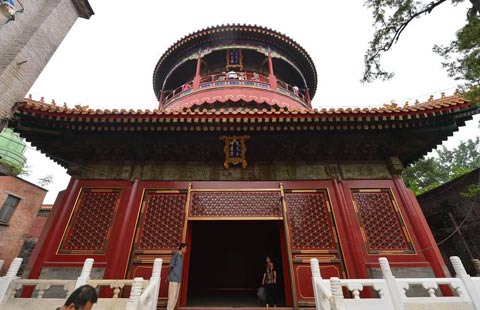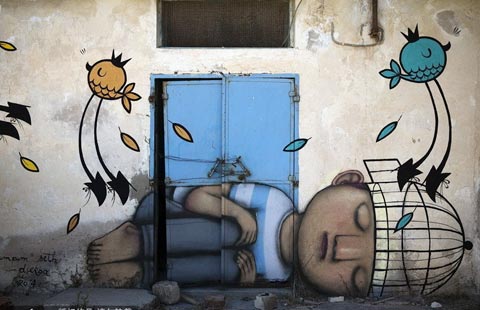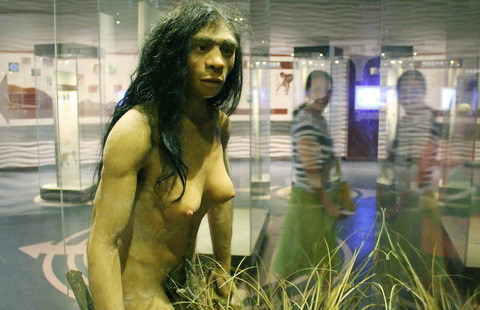Chinese culture in a nutshell
By Xu Lin and Kurt Nagl ( China Daily ) Updated: 2014-08-16 08:34:05Diehard fans of Chinese culture and antiques shouldn't pass up the opportunity to visit Beijing's brilliant antiques markets.

Shilihe Tianjiao Culture City, a five-minute walk from Shilihe subway station (Exit D), features several thousand stalls packed with exquisite cultural artifacts. Visitors usually head straight for the precious stones and beautiful accessories, including bracelets and necklaces made from a variety of woods.
Experts and tourists alike can spend the day wandering through the seemingly endless aisles of art, pottery, jewelry, and souvenirs, slaking their thirst for cultural exploration, and possibly making their wallets a little lighter.
It's better to arrive early in the morning when visiting the market, which is not only noted for antiques, but is also renowned for selling flowers, birds, fish and insects. Elderly Beijing residents like to buy crickets, flowers, fish, and gourds, which are decorated with elegant carvings and paintings. Wenwan walnuts are also highly popular, because, although they are inedible, they are valued by collectors for their unusual green shells, the texture of the nuts inside, and the supposed benefits to health.
The tradition of rolling the walnuts in the palm of the hand as a form of exercise dates back more than 1,800 years, and the practice was even adopted by emperors and the aristocracy during the heyday of the Qing Dynasty (1644-1911).
Pairs of walnuts of similar weight and texture can fetch high prices, and it's common to see crowds gathered around the vendors and choosing shells priced between several hundred yuan and 1,000 yuan ($162), hoping they will contain distinctively textured nuts. Wenwan walnuts are placed in different categories and price ranges depending on their appearance. Once the customer has chosen a pair, the vendor cracks the shells open and then brushes the nuts in water before displaying them. If the customer has been lucky in his or her choice, they will become the owner of a couple of valuable, collectable items.

The main market is surrounded by dozens of buildings housing stalls selling antiques and jewelry, with goods ranging from porcelain statues of the Buddha to ancient Chinese coins.
Yang Pu, who owns a stall that specializes in items crafted from mammoth ivory in one of the buildings, says: "I've noticed an increasing number of customers coming to the market, especially youngsters. Meanwhile, the competition between sellers is growing fiercer as more and more people become involved."
|
|
|
|
|
|
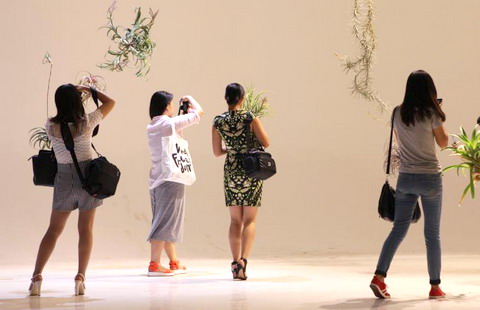
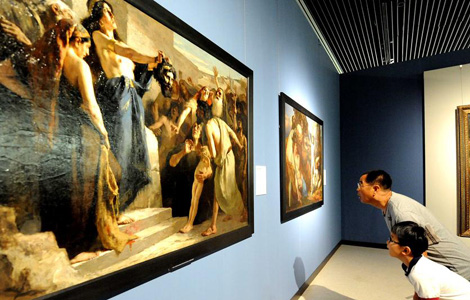

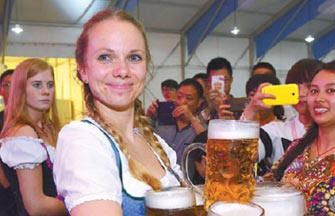
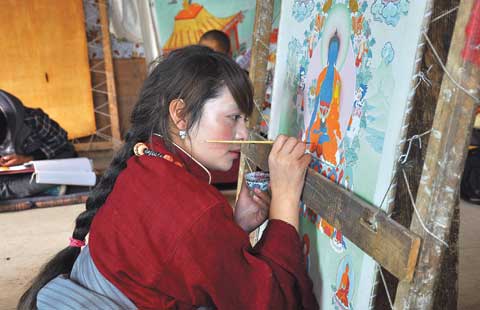
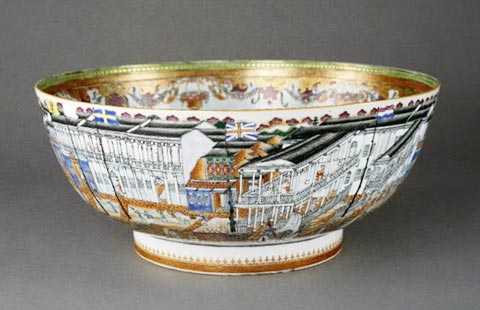
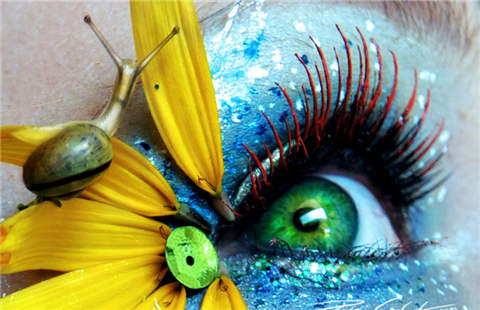
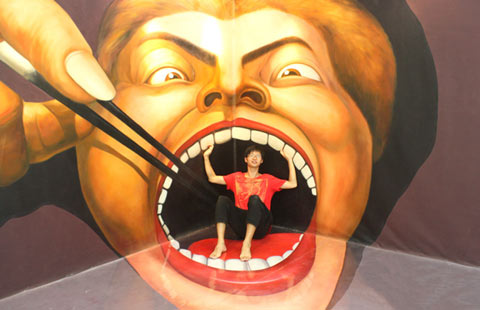
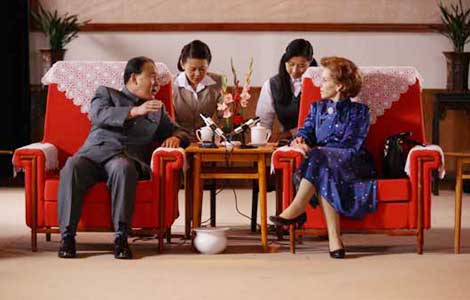






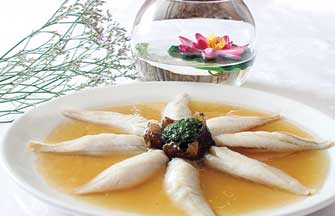



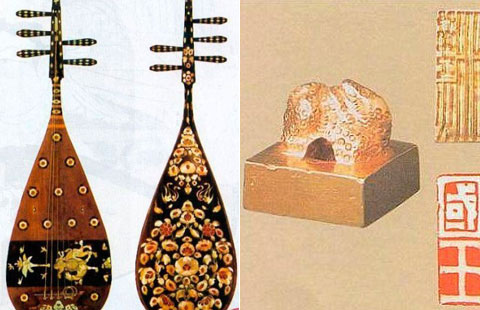


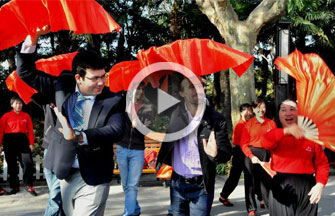
 Raymond Zhou:
Raymond Zhou: Pauline D Loh:
Pauline D Loh: Hot Pot
Hot Pot Eco China
Eco China China Dream
China Dream China Face
China Face

